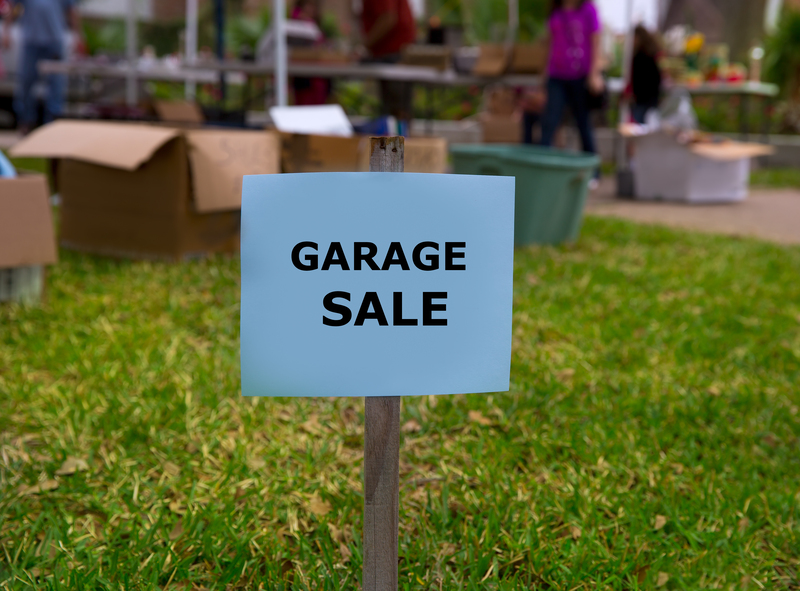Christmas Waste: An Eco-Nightmare
Christmas, traditionally a season of joy and giving, has morphed into a period of excessive consumption and wastefulness, casting a shadow on the environment. From discarded decorations to mountains of unrecyclable packaging, Christmas waste is a growing eco-nightmare that demands our immediate attention.
The Magnitude of Christmas Waste
During the festive season, the volume of waste produced skyrockets. According to several environmental studies, millions of tons of extra waste are generated in the weeks leading up to Christmas. This includes everything from food waste to wrapping paper and single-use party supplies - items that often end up in landfills, contributing to pollution and the destruction of ecosystems.

Environmental Impact of Christmas Decorations
Many of the decorations adorning homes and streets each Christmas are made from unrecyclable plastics and materials. These decorations, often used temporarily, contribute significantly to the pollution problem. In addition, the energy consumed by Christmas lights further exacerbates the environmental impact, placing a burden on natural resources.
Food Waste: A Festive Fiasco
Christmas feasts are synonymous with indulgence, yet this often results in an abundance of food waste. According to statistics, up to 5 million Christmas puddings end up in the trash, alongside millions of pounds of turkey, potatoes, and other festive fare. The environmental cost of this waste is staggering, given the resources needed for production, transportation, and disposal.
Packaging Waste: An Unwrapping Calamity
The excitement of unwrapping gifts can become an environmental disaster when you consider the volume of discarded wrapping paper. Most wrapping paper contains non-recyclable elements like metallic finishes, glitter, and plastic coatings. This waste culminates in a massive influx of non-biodegradable material into landfills and, potentially, marine environments.
Pros and Cons of Christmas Waste
Pros:
1. Economic Boost: The Christmas season drives economic activity, benefiting retailers and manufacturers.
2. Job Creation: The surge in production and sales creates seasonal jobs.
Cons:
1. Environmental Degradation: Increased waste contributes to pollution and the depletion of resources.
2. Waste Management Strain: The waste management system is overwhelmed by the sheer volume of holiday waste.
Tips for Reducing Christmas Waste
1. Opt for Sustainable Gifts: Choose eco-friendly gifts; consider homemade or experience-based presents.
2. Use Recyclable or Reusable Wrapping: Fabric wraps, recyclable paper, or reusable gift bags reduce waste.
3. Mindful Decorating: Reuse decorations, invest in high-quality, long-lasting items, and opt for natural d?cor like dried fruits and pinecones.
4. Plan Meals Wisely: Avoid over-catering; plan meals to reduce leftovers, and donate surplus food.
5. Energy-Efficient Lighting: Use LED lights for decorations; turn them off when not needed.

Takeaways
The holiday season's celebration comes with a hefty environmental price. By taking conscious steps, we can reduce the ecological footprint of our festivities. Opting for sustainable products, planning meals wisely, and being mindful of waste can significantly lessen Christmas waste.
Conclusion
Christmas waste stands as an eco-nightmare that underscores the broader issue of wastefulness in our society. As stewards of the planet, it is imperative to rethink how we celebrate this festive season. Through concerted efforts and mindful practices, we can transform Christmas into a time of joy that respects the environment, ensuring that our festive cheer does not come at the expense of the Earth.
